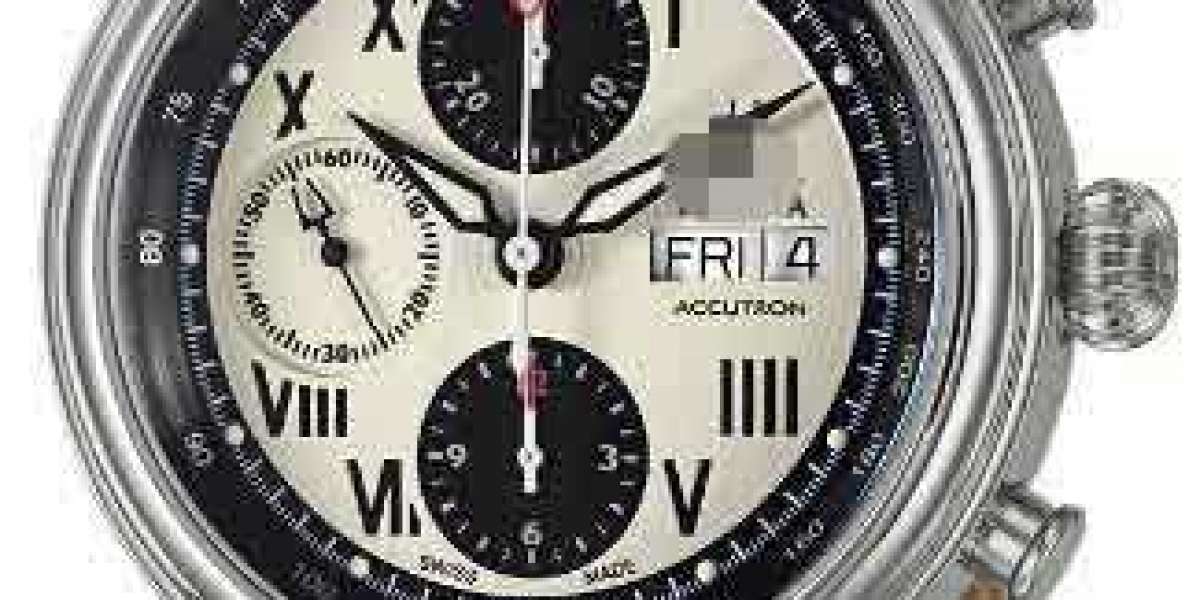The powerful output power of the high powered laser has also caused a series of problems, especially physical harm to people. We often see various items on the Internet that cause blindness with laser pointers, which are all caused by improper use of lasers. Because of the pen, it is not difficult to find that the people in this case are mainly children, because children do not know how to use them, and their curiosity leads them to look at the laser beam with their eyes. In addition, this is because parents have not collected a powerful laser pointer, which makes it easy for them to treat their children.
1905: Einstein introduced a method of quantifying electromagnetic energy. The photon was born. Unfortunately, the arrival of photons cannot take into account the phenomenon of black body radiation (the spectral density of the electromagnetic energy emitted by the enclosed area under the temperature T and thermal equilibrium). However, soon after, Born devised a method to quantify the energy levels of electrons (1913). This allowed Einstein to prove that, due to the concept of stimulated emission, blackbody photons and radiation are indeed compatible.1949: Kasler and Brossel developed the first optical pump and the first population inversion. In 1950, the first MASER (Microwave Amplification by Stimulated Emission Radiation) appeared, which was able to amplify electromagnetic waves in the microwave region (Weber, Townes and Basov).
1954: The first MASER (ammonia maser with a wavelength of 13 mm) is built. Electromagnetic waves are confined in three dimensions by a "box" and reflected from its side. However, this still stays at the microwave level rather than the optical domain. In fact, scientists at the time thought it was impossible to make a powerful optical laser pointer 5000mw, because the cavity must be very small (on the order of a wavelength, that is, only a few tens of microns at most).














